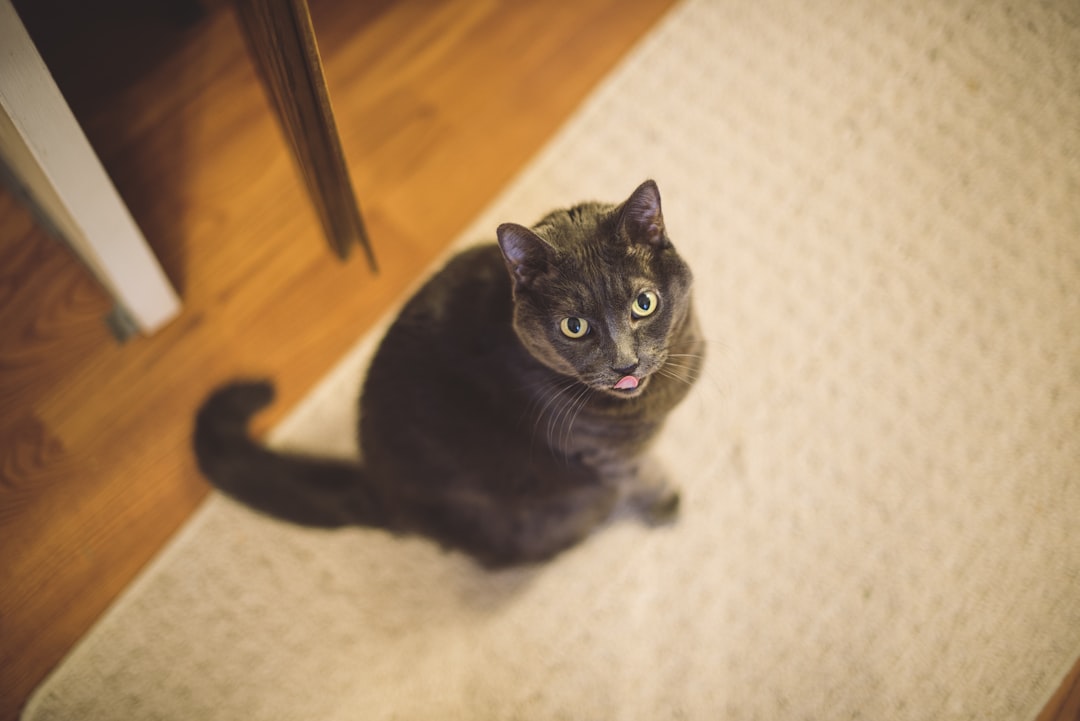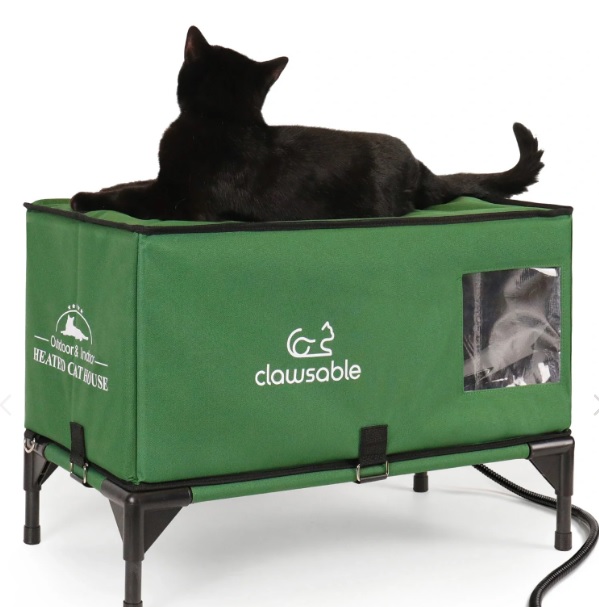When the temperature drops and the winds howl, your feline friend deserves a cozy retreat; that’s where a Heated Outdoor Cat House comes into play. Imagine your kitty snuggled up in a warm and safe haven, away from the chilly elements. Not only does this nifty abode provide snug shelter, but it also ensures that your furry companion stays happy and healthy, regardless of the weather. So, let’s dive into the purr-fect world of heated cat spaces and discover how they can offer your cat the ultimate outdoor comfort!
Understanding the Benefits of Heated Outdoor Cat Houses
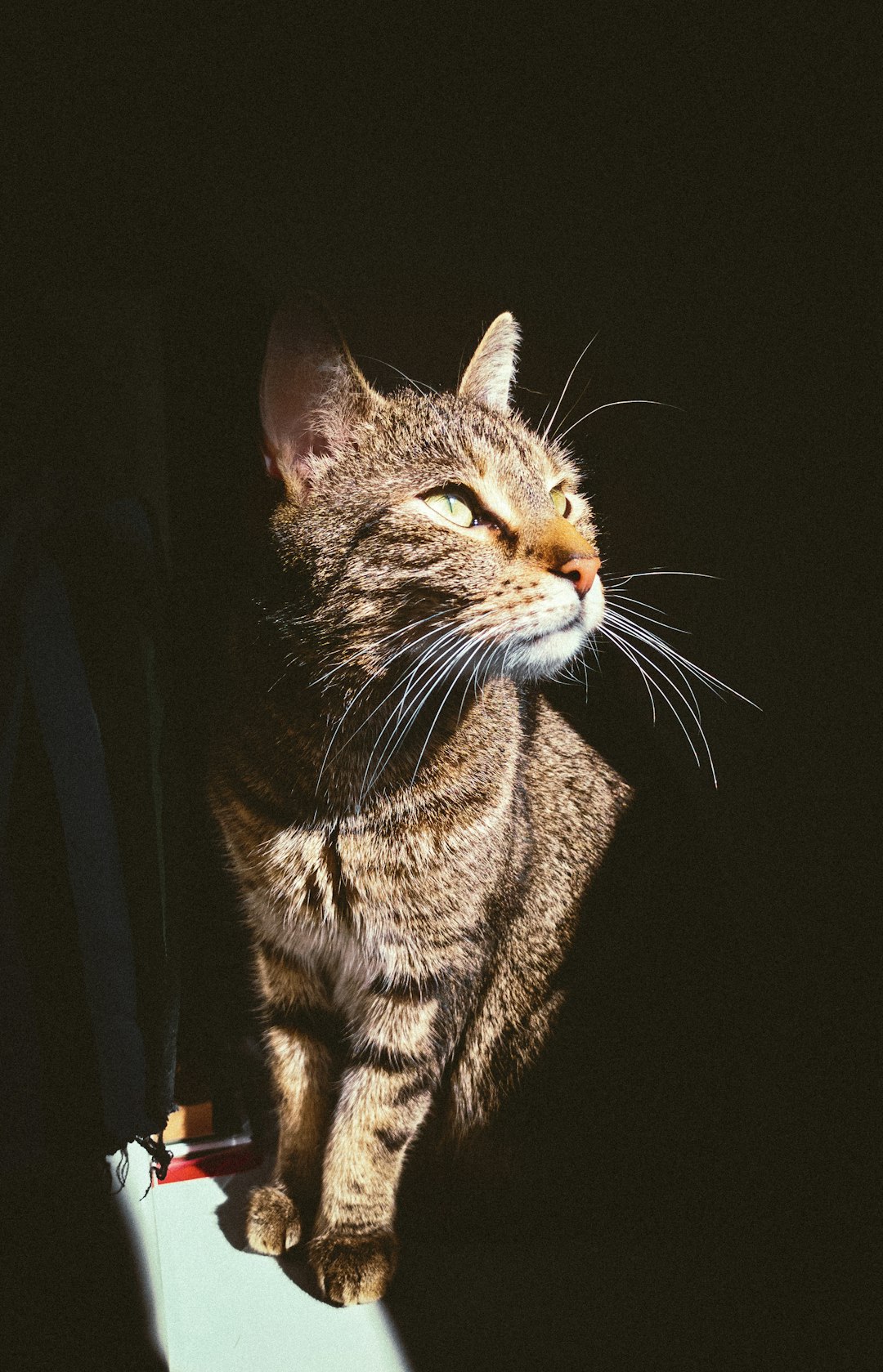
When winter’s chill rolls in, your furry friend deserves a cozy sanctuary. Enter the Heated Outdoor Cat House—a feline haven that combines warmth with safety. Here are some paw-sitively amazing benefits:
- Warmth Amidst the Cold: No cat wants to spend snowy nights huddled in a corner. A heated outdoor cat house provides a snug retreat to help maintain their body temperature.
- Safe and Secure Space: Protect your kitty from lurking dangers like other animals. A heated house offers a secure refuge, ensuring peace of mind for you and your pet.
- Weather Resistant: Many heated houses are crafted from durable materials, built to withstand rain, snow, and other outdoor elements, keeping your cat dry and comfortable.
- Encourages Outdoor Time: Cats are curious creatures. A warm outdoor haven can encourage them to explore nature, stimulating their senses while still providing them a safe place to retreat.
In conclusion, investing in a Heated Outdoor Cat House is a win-win for your feline companion and your sanity! Keep them warm, safe, and happy—because a cuddly cat is a happy cat.
Choosing the Right Size for Your Cat
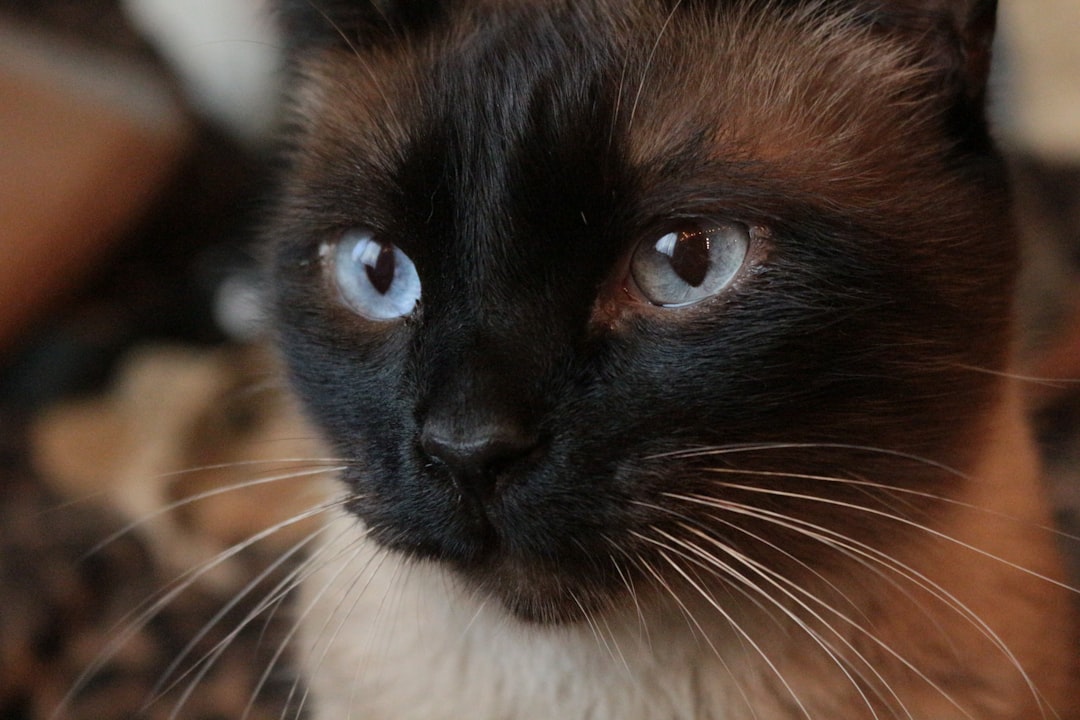
When shopping for a Heated Outdoor Cat House, size absolutely matters. A snug fit keeps warmth in and gives your kitty a cozy retreat, but too tight, and your cat might feel claustrophobic. Here’s how to find the perfect size:
- Measure Your Cat:
- Length: From the tip of their nose to the base of their tail.
- Height: While standing on their hind legs, measure from their paws to the highest point of their body.
- Choose the Right Dimensions:
- Opt for a house that offers at least 2-4 inches of extra space in length and height. This guarantees a comfy fit without compromising warmth.
- Consider Multiple Cats:
- If you’re a feline philanthropist, ensure there’s enough room for all your furry friends! A larger Heated Outdoor Cat House with separate insulated compartments is ideal.
Size Comparison Chart
| Cat Size | Suggested House Size (L x W x H) |
|---|---|
| Small (Up to 10 lbs) | 18″ x 12″ x 16″ |
| Medium (10-15 lbs) | 24″ x 18″ x 18″ |
| Large (15+ lbs) | 30″ x 24″ x 24″ |
Finding the right size not only keeps your cat warm but helps them feel secure in their outdoor haven. Happy house hunting!
Types of Heating Options Available
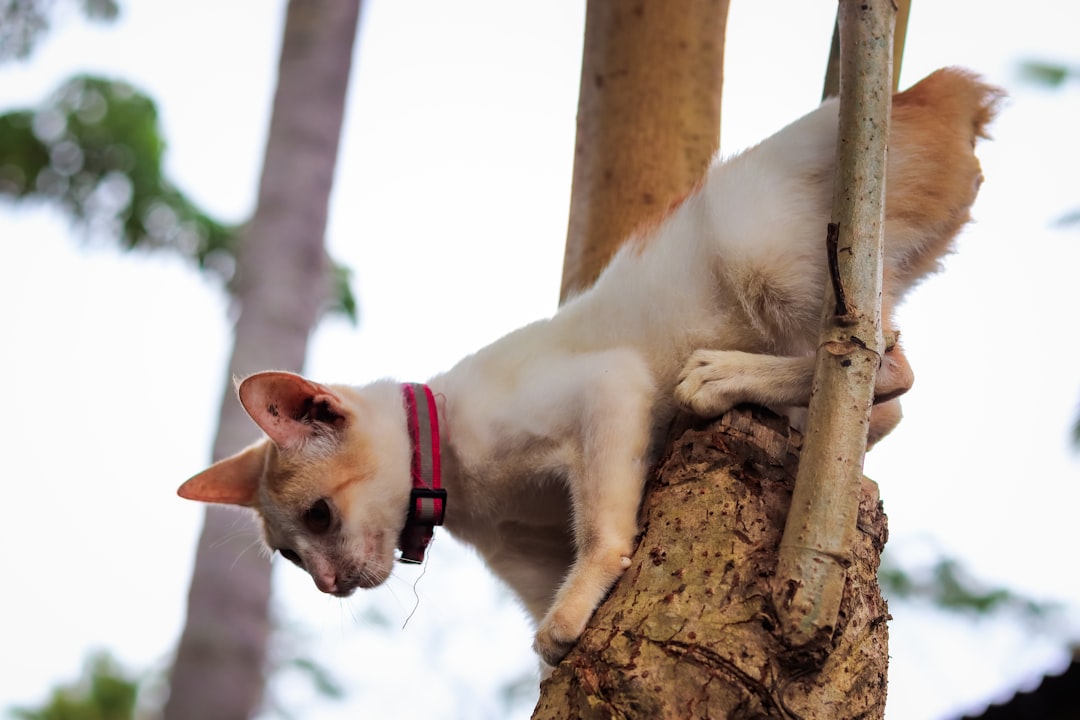
When it comes to your Heated Outdoor Cat House, you’ve got options that’ll leave those feline friends purring with comfort. Let’s break down the most popular heating choices:
1. Electric Heating Pads
- Pros: Easily accessible and consistent warmth.
- Cons: Requires a power source, so be aware of outdoor/outlet safety.
2. Self-Heating Pads
- Pros: No electricity needed – using reflective materials, they harness your cat’s own body heat!
- Cons: Not as warm as electric options, but still a great alternative for gentle warmth.
3. Heated Water Bottles
- Pros: Economical and can bring extra coziness; just warm it up and pop it inside.
- Cons: Needs regular refilling, which might become a chore.
4. Insulated Floors
- Pros: Keeps natural warmth from the ground and is energy efficient.
- Cons: Accessibility to heat sources needed for extra warmth during the coldest nights.
Conclusion
Each option has distinct benefits, so assess your cat’s needs alongside the ambient weather in your area when choosing the best heating for your Heated Outdoor Cat House. After all, keeping your feline friend warm and cozy is a top priority!
How to Select Safe Materials
When it comes to creating a cozy nook for your feline friend, crafting the right Heated Outdoor Cat House is paramount. You want materials that balance durability, safety, and warmth. Let’s break it down:
- Wood vs. Plastic:
- Wood: Offers excellent insulation and natural aesthetics but ensure it’s treated and non-toxic.
- Plastic: Lightweight and easy to clean. Just make sure it’s sturdy and UV-resistant.
- Insulation Matters:
- Look for insulated walls made of materials like foam or reflective sheets. This creates a snug haven, especially during chilly nights.
- Non-toxic finishes:
- Always opt for paints and sealants that are labeled pet-safe. Your kitty deserves a home that’s free from harmful chemicals!
- Waterproofing:
- Ensure the materials can withstand rain and snow. A waterproof roof can save your Heated Outdoor Cat House from turning into a kitty swimming pool!
With these tips, you’ll ensure your Heated Outdoor Cat House not only protects your cat but also contributes to a safe and stylish outdoor experience!
Setting Up the Heated Outdoor Cat House Properly
When it comes to setting up your Heated Outdoor Cat House, location is everything! You want to ensure your kitty feels warm and safe while avoiding any drafts. Here’s how to create the perfect haven for your feline friend:
- Choose the Right Spot: Ideally, place the cat house in a sheltered area away from harsh winds. Consider corners or spots with natural windbreaks like bushes or fences.
- Elevate for Safety: Position the Heated Outdoor Cat House slightly off the ground. This not only keeps it dry but also protects your cat from pesky critters.
- Insulate Wisely: Use insulation materials like Styrofoam or hay around the exterior, enhancing warmth retention without breaking the bank.
- Secure the Entrance: Opt for a flap door. It’ll help retain heat while keeping out unwanted guests.
- Use a Timer: Set the heating element on a timer, ensuring it operates during the coldest hours, and saves energy when least needed.
By meticulously setting up your Heated Outdoor Cat House, you ensure your beloved feline experiences ultimate comfort and warmth, no matter how cold it gets outside!
Maintaining the Heated Outdoor Cat House Throughout the Year
Maintaining a Heated Outdoor Cat House is essential for ensuring your feline friend stays cozy and safe during those chilly nights. After all, a happy cat makes for a happy owner! Follow these simple tips to keep that little palace in tip-top shape:
- Regular Inspections: Check for wear and tear, especially after harsh weather. Look for cracks, loose seams, or other damage.
- Cleanliness is Key: Sweep out old bedding and any debris. A clean Heated Outdoor Cat House not only smells better but also keeps harmful pests at bay.
- Heating Element Check: Examine the heating element annually. Ensure it’s functioning properly and not posing any safety hazards.
- Bedding Updates: Replace bedding materials regularly. Opt for waterproof, easy-to-wash fabrics to keep things fresh.
- Winter Preparations: Before the cold hits, ensure insulation and proper weatherproofing are in place to fend off those biting winds.
By taking these proactive steps, your Heated Outdoor Cat House will be a snug haven that your kitty can enjoy year after year!
Tips for Introducing Your Cat to the Outdoor House
Introducing your cat to a Heated Outdoor Cat House requires a little finesse. After all, we want our felines to feel like royalty in their new abode! Here are some purr-fect tips to make the transition smooth:
- Start with Curiosity: Allow your cat to explore the house from the outside first. Leave the door open and sprinkle some catnip inside to entice them.
- Create a Cozy Atmosphere: Add familiar bedding or a favorite toy. The scent will comfort them, making the Heated Outdoor Cat House less intimidating.
- Gradual Exposure: If your cat seems hesitant, don’t force it. Encourage short visits, gradually increasing the time spent inside as they become more comfortable.
- Positive Reinforcement: Reward brave little adventures with treats or affection. Praise them for entering the house, reinforcing the idea that it’s a safe and happy place.
- Monitor the First Few Nights: Keep an eye on your cat during those initial chilly evenings. Your assurance will help them feel secure as they curl up in their new heated sanctuary!
With these savvy strategies, your cat will soon take pride in their Heated Outdoor Cat House. Happy warming!
Additional Safety Features to Consider
When it comes to your Heated Outdoor Cat House, safety should be at the forefront of your mind. After all, your furry friend deserves a cozy nook that’s not just warm but also secure. Here are some nifty features to consider:
- Durability: Choose houses made from weather-resistant materials like insulated plastic or treated wood to withstand the elements.
- Ventilation: Ensure proper airflow to prevent overheating. Look for designs with adjustable vents.
- Entrances and Exits: Opt for a Heated Outdoor Cat House with two openings to allow your cat to escape from potential threats.
- Elevated Design: Keeping the house off the ground can deter predators and prevent water damage.
- Automatic Temperature Control: Some heated options feature thermostats, maintaining a comfy temperature without wasting energy.
- Removable Roofs: Makes cleaning a breeze, ensuring your kitty has a pristine place to lounge.
Investing in these safety features not only protects your pet but also gives you peace of mind. So, deck out that Heated Outdoor Cat House with these smart choices, and watch your cat thrive in its toasty sanctuary!
Frequently Asked Questions
What is a heated outdoor cat house, and how does it work?
Imagine a cozy little sanctuary for your feline friend that acts like a personal spa in the middle of a chilly winter! A heated outdoor cat house is essentially a shelter designed specifically for outdoor cats, equipped with insulation and a heating source to keep the temperature comfy and snuggly. These ingenious little homes usually have heating pads or heated floors, ensuring that no matter how cold it gets outside, your kitty can curl up and enjoy a warm catnap without a care in the world!
Is it safe for my cat to use a heated outdoor cat house?
You bet your paws it is! Safety is paramount in feline-friendly kingdom! Most heated outdoor cat houses are designed with your furry friend’s well-being in mind, featuring chew-proof wires and water-resistant materials. They’re built to endure the elements while providing a snug atmosphere. However, always check that the electrical components are properly installed and consider using an outdoor extension cord that’s rated for extreme weather. Ensure that the house itself is elevated off the ground to avoid any unexpected guests like rain puddles or creeping critters!
How do I choose the right heated outdoor cat house for my kitty?
Selecting the purrfect heated outdoor cat house is critical for your cat’s contentment. First, you’ll want to consider your cat’s size—if your cat resembles a regal lion, opt for a larger model. Secondly, look for houses with good insulation to keep the warmth from escaping quicker than a scaredy-cat! Lastly, check for easy access, because not all felines are gymnasts. You want a house that allows your cat to saunter in with pride and stay cozy all night long!
Can I leave my outdoor cat home alone with a heated house?
Oh, the age-old dilemma of the independent feline! While heated outdoor cat houses provide warmth, they are not a substitute for supervision or human companionship. Leaving your cat alone with adequate food, water, and a warm house is generally fine for short periods, but beware of potential mischief! If your cat has a habit of escaping on adventure tales or has a curious spirit, consider keeping an eye on them or utilizing a monitored cat environment for peace of mind.


